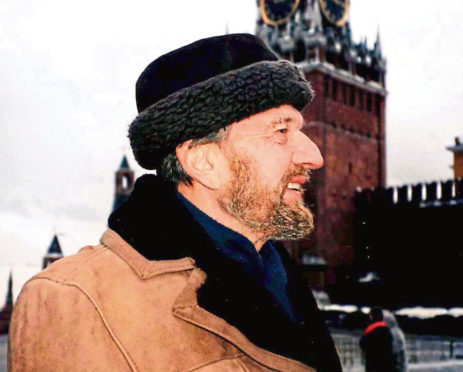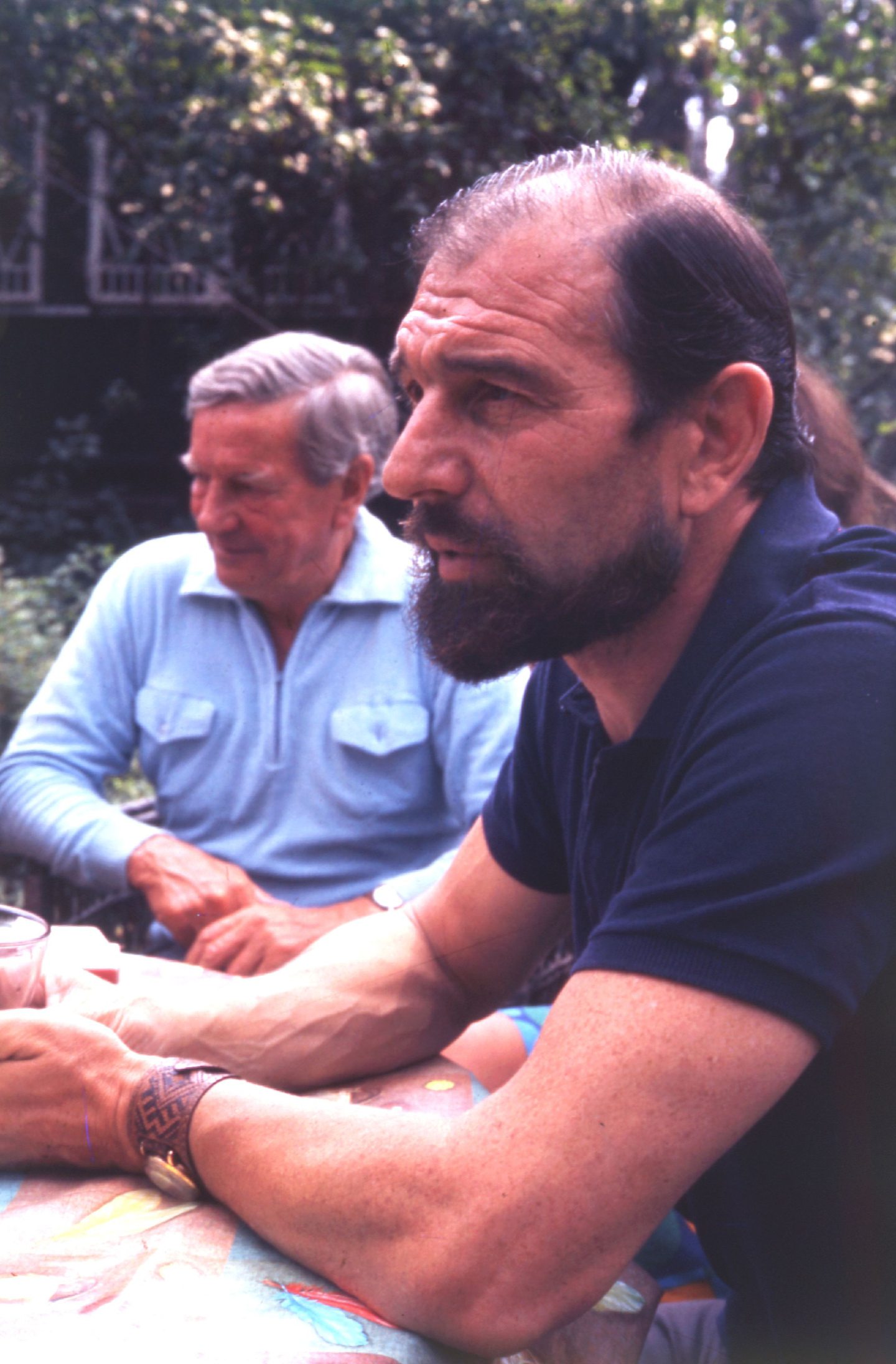
George Blake, the former MI6 officer and one of the Cold War’s most infamous double agents, has died in Moscow aged 98.
Spanning a nine-year period, the Soviet spy handed over information that led to the betrayal of at least 40 MI6 agents in Eastern Europe.
He was jailed for 42 years in London in 1960, but escaped from Wormwood Scrubs prison in 1966 and fled to Russia.
The Russian Foreign Intelligence Service said Blake “had a genuine love for our country”.
Announcing his death on Boxing Day, Sergey Ivanov, spokesperson for the SVR foreign intelligence agency, said: “The bitter news has come – the legendary George Blake is gone. He died of old age, his heart stopped.”
Born in Rotterdam in 1922, he escaped the Nazi-occupied Netherlands and made his way to Britain where he joined the Royal Navy and was later asked to join the British Secret Service.
His conversion to communism came after he was taken prisoner during the Korean war, and witnessed the effects of US bombing of civilians from his camp.
During the height of the Cold War, he leaked secrets to the Soviet Union, including a tunnel in Berlin the UK and the US had built to tap into Soviet communications.
He was exposed as a Soviet agent by a Polish defector, and arrested.
After his escape he spent the last 40 years of his life in Russia.
Although it is known that at least 40 British agents were executed in Russia as a result of his treachery, Blake had always claimed that this was not the case, and that no one died in these circumstances.
But in a volte-face in 1991, Blake said he regretted the deaths of the agents he had betrayed.
He also insisted that he did not regard himself as a traitor, having never felt British.
“To betray, you first have to belong. I never belonged,” he said.
Blake never showed any remorse for his activities.
He once said in praise of communism: “I think it is never wrong to give your life to a noble ideal. And to a noble experiment, even if it doesn’t succeed.”
But despite his protestations, Blake will always be regarded by Britain as a man who, through his treachery, did more damage than any other person of his generation to the security of the free world.
Blake spent two months in hiding before being driven across Europe to East Berlin inside a wooden box attached under a car.
He divorced his wife, with whom he had three children, and started a new life in the Soviet Union.
Blake lived in a state-owned flat in central Moscow, where he remarried and started a second family, and was believed to have had a villa outside the city. He was given a KGB pension.
On Blake’s 95th birthday in 2017, Russian Foreign Intelligence Service chief Sergei Naryshkin congratulated the spy, saying Blake had been a role model for the agency’s officers through the years.
Blake, in a statement issued by the same agency, claimed the SVR’s spies must “save the world in a situation when the danger of nuclear war and the resulting self-destruction of humankind again have been put on the agenda by irresponsible politicians”.

Enjoy the convenience of having The Sunday Post delivered as a digital ePaper straight to your smartphone, tablet or computer.
Subscribe for only £5.49 a month and enjoy all the benefits of the printed paper as a digital replica.
Subscribe © Shutterstock Feed
© Shutterstock Feed